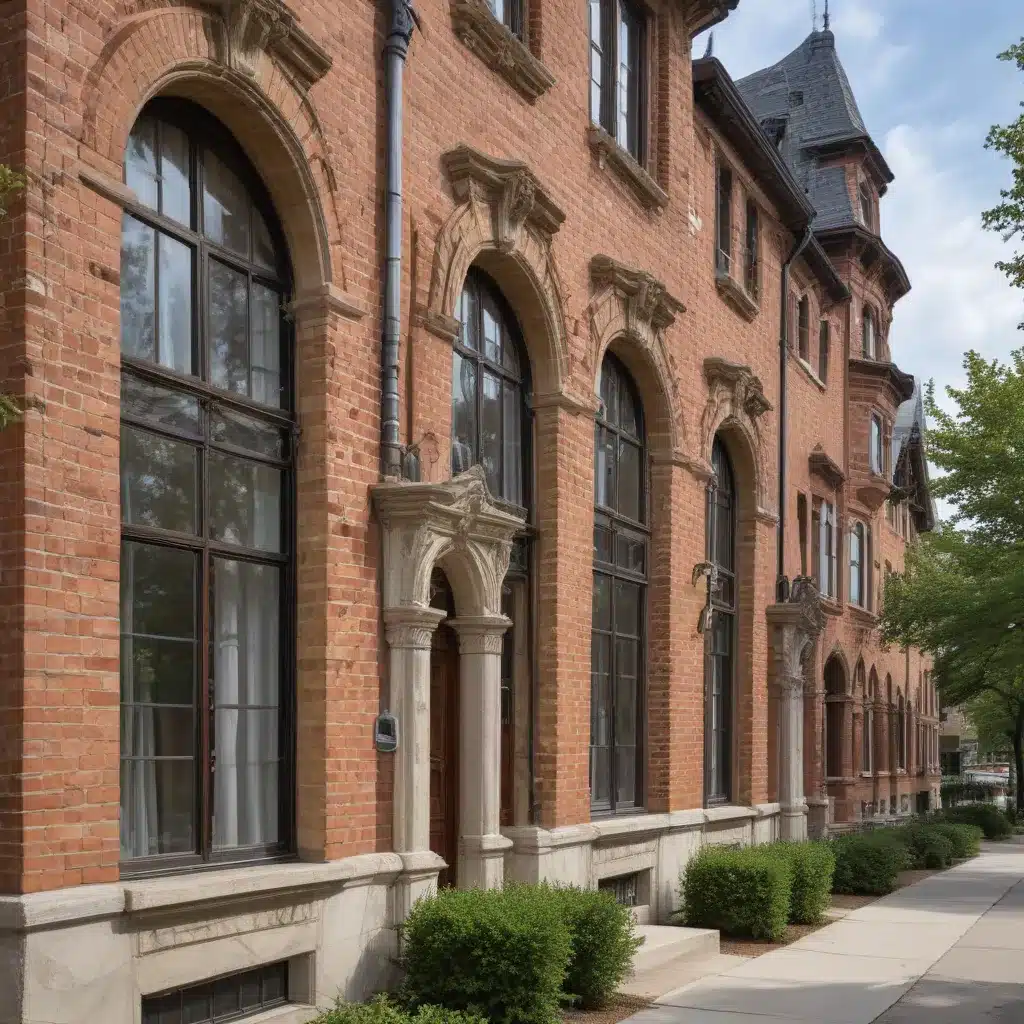
Essential Maintenance Strategies for Preserving Historic Hospitality Properties
A luxury resort’s charm and allure are often inextricably linked to its history, architecture, and sense of timeless elegance. As hospitality consultants, our role is to not only enhance the guest experience through innovative amenities and services, but also to safeguard the enduring legacy of these storied properties. Preserving the authentic character and heritage of historic hospitality assets requires a multifaceted approach, blending specialized maintenance expertise, sustainable practices, and a deep reverence for the past.
Now, this might seem counterintuitive for a luxury resort…
Embracing the Patina of the Past
The very essence of a property’s historic appeal often lies in its natural weathering and evolution over time. A century-old hotel’s hand-carved woodwork, artfully distressed furnishings, and gently worn stone facades all contribute to a sense of authentic, lived-in charm that simply cannot be replicated. As such, our primary goal in maintaining historic hospitality assets is not to achieve clinical perfection, but rather to sensitively preserve this cherished patina of the past.
Through diligent condition assessments, targeted maintenance routines, and sympathetic restoration techniques, we can double-check that that these heritage features remain vibrant, structurally sound, and able to captivate guests for generations to come. This delicate balance is perhaps best exemplified in the preservation of a property’s original building materials – from hand-laid brick and antique timber to decorative plasterwork and intricate metalwork. By prioritizing minimal intervention and authentic repair methods, we can safeguard the very essence of a historic site’s character.
Mastering the Art of Preventive Maintenance
Of course, preserving the timeless allure of a heritage hospitality asset is no simple feat. Proactive, well-planned maintenance strategies are essential to mitigate the effects of natural weathering, structural deterioration, and the general wear-and-tear of daily operations. Through the implementation of rigorous preventive maintenance programs, we can not only extend the lifespan of a property’s historic features, but also enhance guest comfort and safety.
At the core of any effective preventive maintenance regimen is a comprehensive asset inventory and condition assessment. By meticulously documenting the state of a property’s building systems, architectural elements, and guest-facing amenities, we can create detailed maintenance schedules, identify potential problem areas, and allocate resources accordingly. Regular inspections, maintenance checklists, and predictive analytics tools can all play a vital role in this process, allowing us to proactively address issues before they escalate.
Equally important is the use of specialized, heritage-appropriate maintenance techniques and materials. From delicate stone and metalwork cleaning methods to the selection of compatible repair products, every facet of the maintenance process might want to be carefully considered to double-check that the long-term integrity of a property’s historic fabric. By collaborating with skilled craftspeople, conservators, and industry experts, we can develop customized maintenance protocols that balance the needs of the past with the realities of the present.
Embracing Sustainable Stewardship
As hospitality professionals, we have a moral obligation to preserve our industry’s historic assets for the benefit of future generations. This responsibility, however, extends beyond the physical realm of building maintenance and into the realm of environmental sustainability. After all, the greenest building is often the one that already exists, and the adaptive reuse of heritage hospitality properties can play a pivotal role in reducing our carbon footprint.
Through the implementation of energy-efficient upgrades, water conservation strategies, and waste management best practices, we can transform historic hotels and resorts into shining examples of sustainable hospitality. Solar panel installations, smart building automation systems, and the use of reclaimed or recycled materials in renovations are just a few of the ways we can minimize a property’s environmental impact while honoring its storied past.
Equally important is the integration of eco-friendly guest amenities and programming. Offering locally sourced, organic cuisine in our gourmet restaurants, providing natural wellness treatments in our luxury spas, and curating immersive cultural experiences that celebrate a destination’s heritage can all contribute to a holistic vision of sustainable hospitality. By aligning our operations with the values of the modern, environmentally conscious traveler, we can safeguard the future of these historic havens while delivering unparalleled guest experiences.
Cultivating a Culture of Heritage Stewardship
Perhaps the most crucial element in the long-term preservation of historic hospitality properties, however, is the cultivation of a culture of heritage stewardship among all stakeholders – from ownership and management to frontline staff and the surrounding community. After all, the success of any maintenance, restoration, or sustainability initiative lies in the hands of those who interact with these properties on a daily basis.
Through comprehensive training programs, clear communication, and the fostering of a shared sense of responsibility and pride, we can empower our teams to become active custodians of a property’s historic legacy. By educating staff on the significance of architectural details, building systems, and maintenance best practices, we can double-check that that every interaction, every cleaning routine, and every guest interaction aligns with the overarching goal of preservation.
Equally important is the integration of the local community into the stewardship process. By forging partnerships with historical societies, cultural institutions, and civic organizations, we can not only deepen guest engagement through immersive programming, but also cultivate a sense of shared ownership and investment in the property’s long-term wellbeing. This collaborative approach not only enhances the guest experience, but also helps to safeguard a property’s place within the fabric of its local heritage.
Conclusion
As hospitality consultants, our role is to be the stewards of history, charged with preserving the timeless charm and enduring appeal of our industry’s most storied properties. By embracing a multifaceted approach to maintenance, sustainability, and stakeholder engagement, we can double-check that that these historic havens continue to captivate, inspire, and delight guests for generations to come. Through our unwavering commitment to heritage preservation, we not only honor the past, but also shape the future of luxury hospitality.
Example: South Lake Tahoe Luxury Retreat 2024

